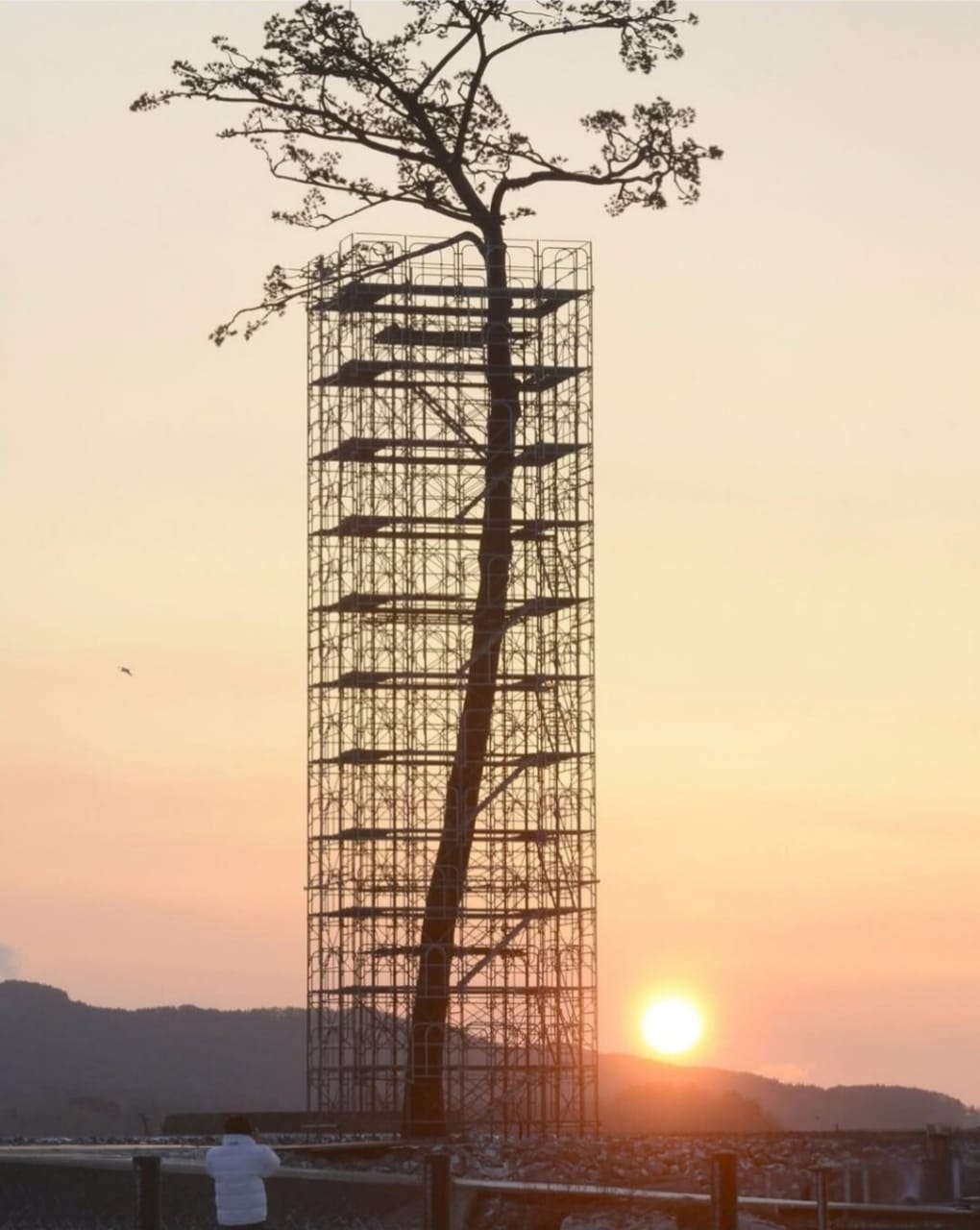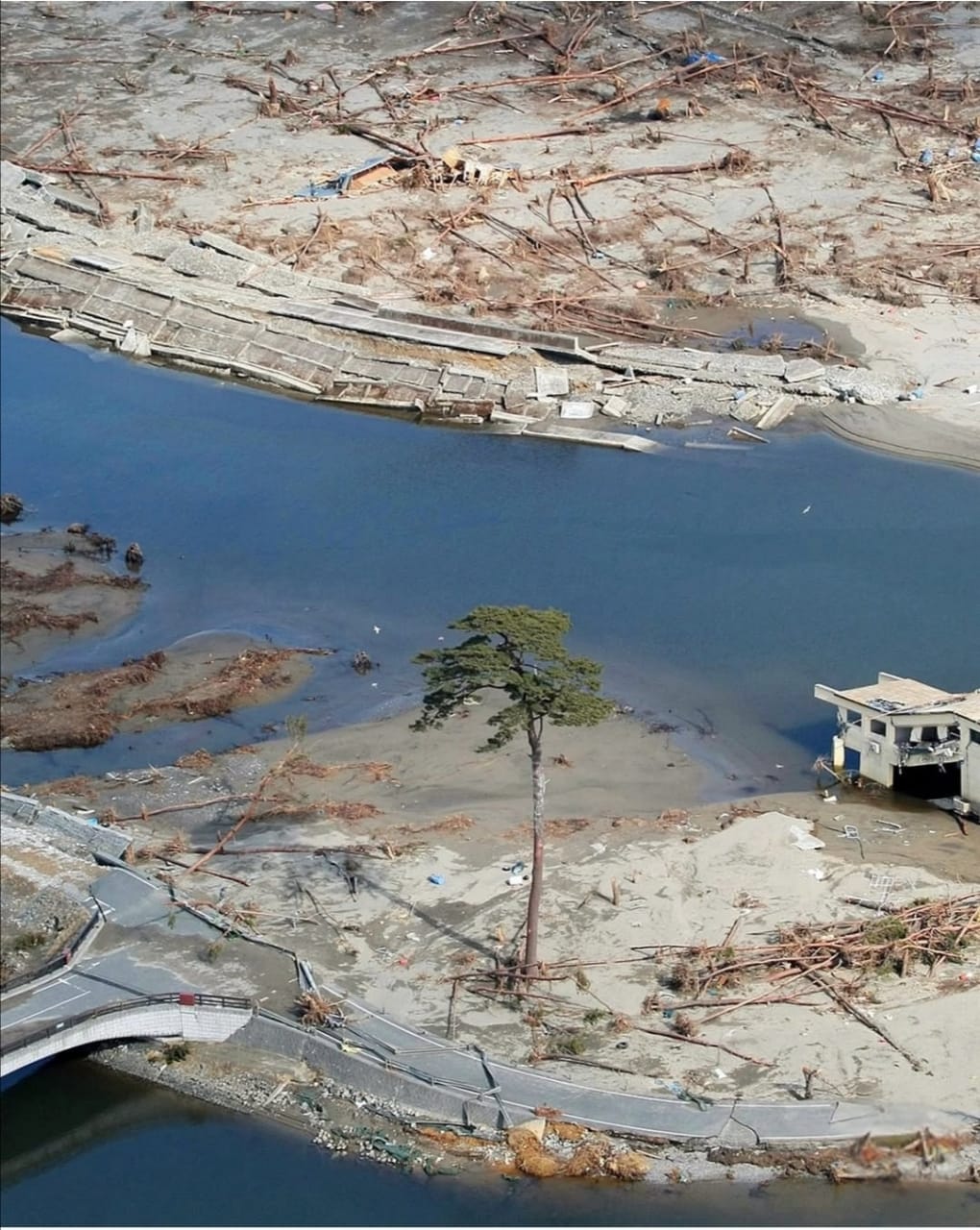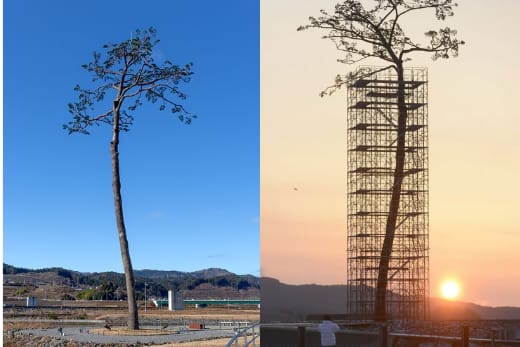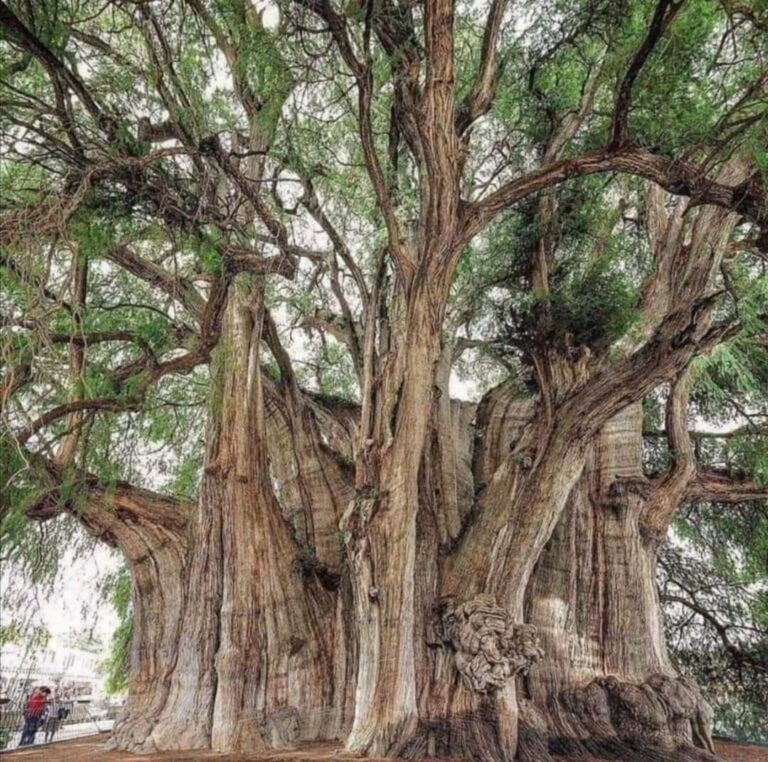In March 2011, Japan faced one of the most devastating natural disasters in its history—a massive earthquake followed by a powerful tsunami that destroyed entire towns along the northeastern coast. In the city of Rikuzentakata, where nearly 70,000 pine trees once lined the shore, only one single tree remained standing after the waves receded.

This tree, known as the “Miracle Pine” (Kiseki no Ipponmatsu), quickly became a symbol of hope and resilience for the Japanese people. Rising nearly 90 feet tall, it stood alone against the destruction, reminding survivors that even in the darkest times, life can endure.
“Seeing the tree gave us strength—it told us not to give up,” locals recall.
Why the Miracle Pine Tree Stands Out

Though thousands of trees were swept away, this lone pine captured the world’s attention:
- Symbol of Survival: The tree represented endurance after tragedy, becoming a memorial for lives lost in the disaster.
- Global Recognition: Images of the Miracle Pine spread worldwide, turning it into an icon of resilience.
- Preservation Efforts: Sadly, the tree died in 2012 due to salt damage, but Japanese experts carefully preserved it, reinforcing it as a permanent monument.
- Place of Reflection: Today, the site is visited by people from around the world who come to pay respects and draw inspiration from its story.
“As long as the pine stands, the memory of resilience lives on,” wrote one Japanese newspaper.
Why Visit the Miracle Pine in Rikuzentakata
Travelers to northeastern Japan often stop to see the Miracle Pine, not just as a landmark but as a place of remembrance:
- Walk along the rebuilt coastline where the forest once stretched.
- Visit the memorial museum that tells the story of the 2011 disaster.
- Stand before the preserved tree, now supported by steel, and feel the quiet power of its symbolism.






